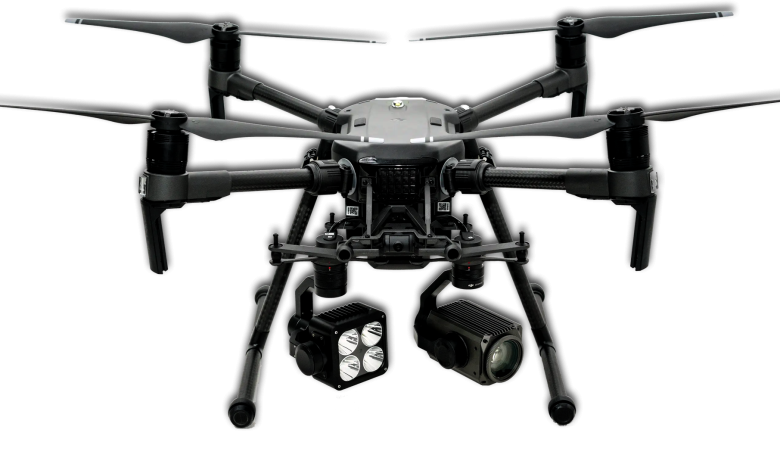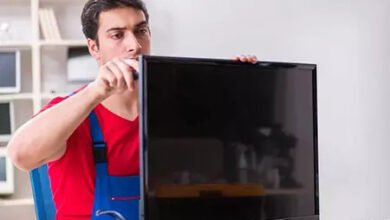How Do Law Enforcement Drone Programs Affect Privacy?

It is becoming more and more common for the police to use drones to help with law enforcement. With that in mind, this article investigates how law enforcement drone programs affect privacy.
What is a drone?
A drone, or unmanned aerial vehicle, is an aircraft that is not operated by a human being. Drones are used for a variety of purposes, including for surveillance and reconnaissance. Drones can be used for law enforcement purposes, such as to monitor wildlife or monitor traffic. There are concerns about the privacy implications of using drones for law enforcement purposes.
How do law enforcement drones work?
Law enforcement agencies use drones for a variety of purposes, including surveillance and investigations. Drones can be equipped with thermal imaging and video cameras that allow law enforcement officers to monitor activities in remote areas.
Drones can also be used for reconnaissance. For example, police may use drones to monitor a protest or sporting event. Drones can also be used to track down a criminal suspect.
The use of drones by law enforcement has raised concerns about privacy rights. Some critics argue that the deployment of drones by law enforcement creates a Surveillance State. Others argue that drone surveillance is an effective tool for fighting crime.
The controversy over the use of drones by law enforcement is likely to continue as technology advances and new applications for drones are developed.
Read More: 5 Strategies to Improve Core Web Vitals
Benefits of law enforcement drones in comparison to other policing styles
There are a number of benefits to law enforcement drones in comparison to other policing styles. Drones can help officers cover large areas quickly and efficiently, identify and track suspects, and gather evidence. They can also provide real-time information on public safety threats and respond quickly to emergencies.
However, there are some potential privacy concerns with law enforcement drone programs. The use of drones could lead to increased surveillance of individuals, especially if the data collected by drones is used for criminal investigations or police profiling. Additionally, drones could be used to intimidate or harass citizens, which could infringe on their rights. While these concerns need to be further investigated, at present there is not enough evidence to suggest that drone technology poses a serious threat to civil liberties.
Potential threats of law enforcement drones
There are a number of potential threats that law enforcement drones could pose to privacy. For example, police could use drones to spy on people without their consent. Additionally, police could use drones to track the movements of individuals without their consent or knowledge. In some cases, police could use drones to conduct surveillance on protests or other public events. Finally, police could use drones to gather information about criminal activity that is taking place in private airspace.
Also Read: How Shopify is Revolutionising Online Selling By Social Commerce
Conclusion
As law enforcement agencies around the world adopt public safety drone technologies, concerns have arisen over how these programs will affect privacy. While it is true that drones can be used for tasks such as surveilling criminal activity and mapping out disaster zones, there are also potential implications for civil liberties. For example, police officers may use drones to photograph peaceful protesters or members of the public without their consent or knowledge. Additionally, footage from drone surveillance can be used in court proceedings – whether to incriminate an individual or to prove a point – which could lead to significant invasions of privacy. As we continue to develop and deploy drone technologies, it is important that we take into account the potential consequences for both citizens and law enforcement officials alike.



